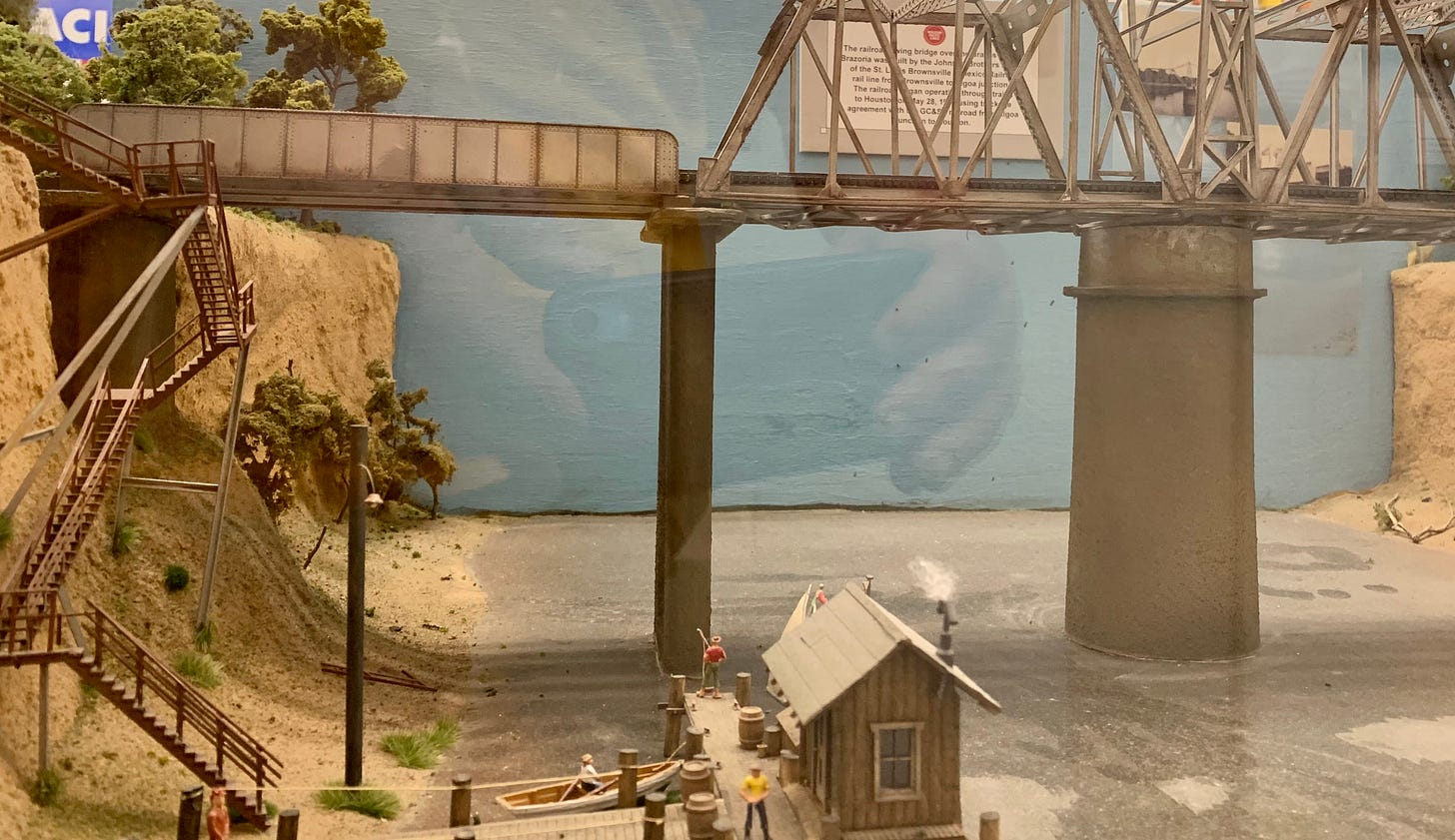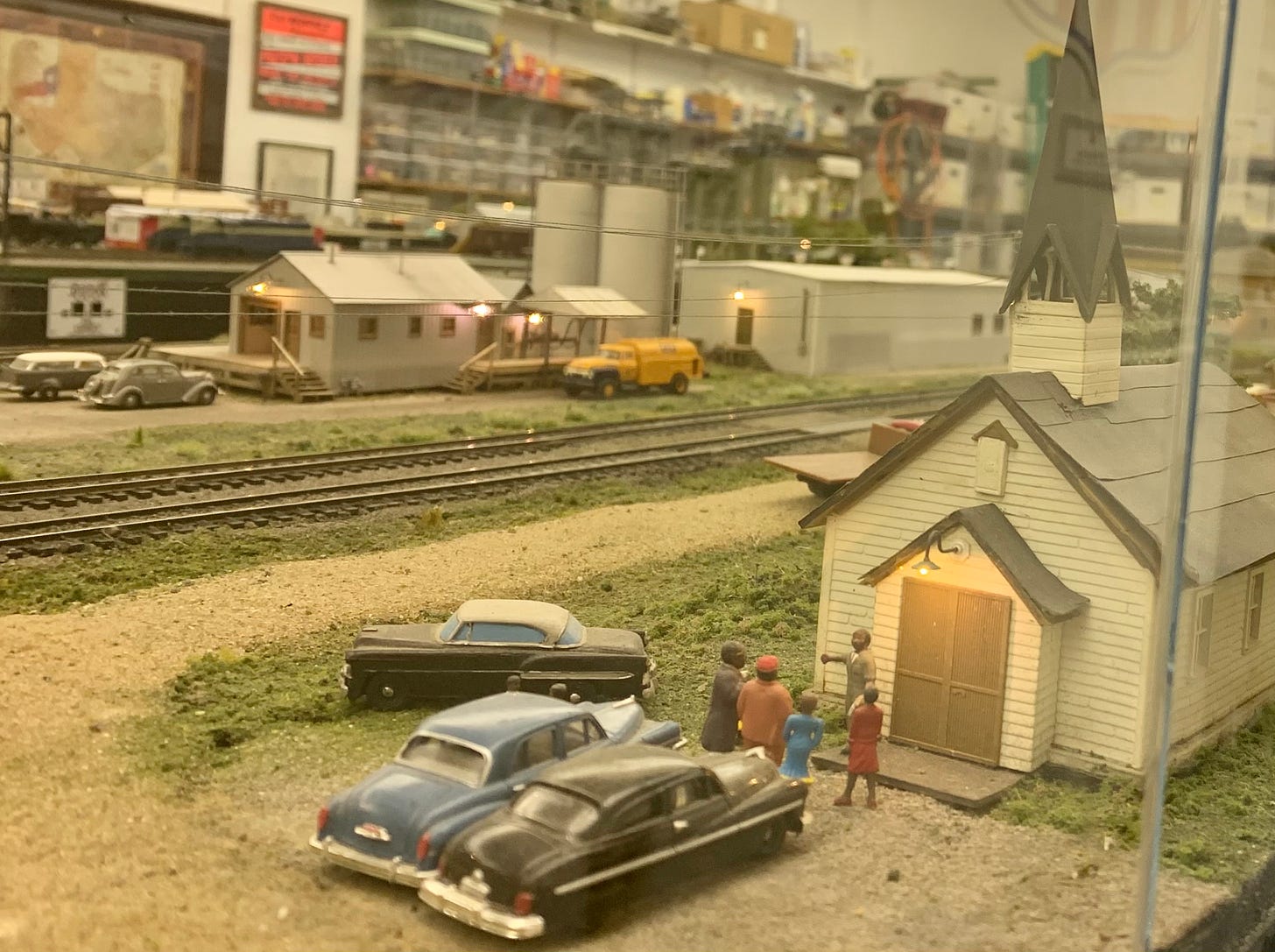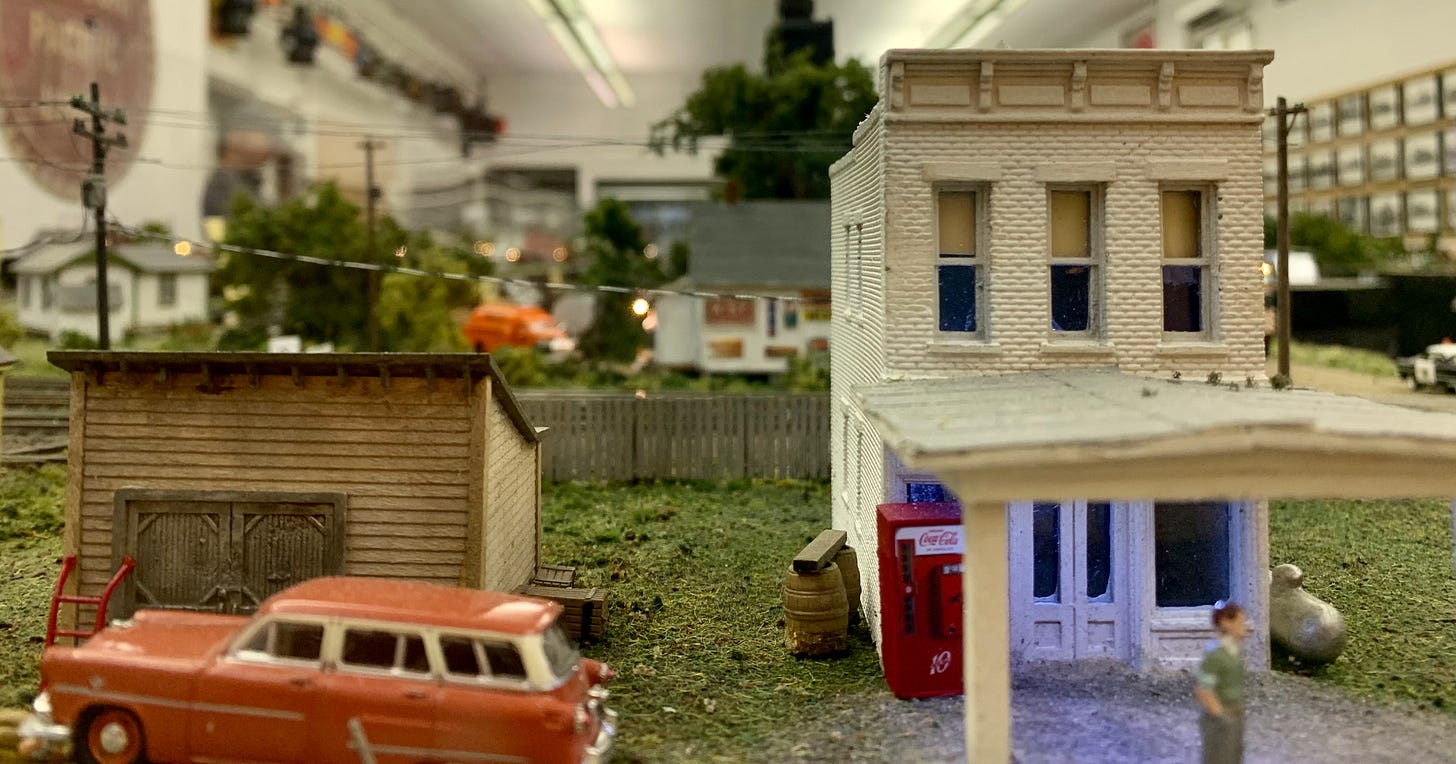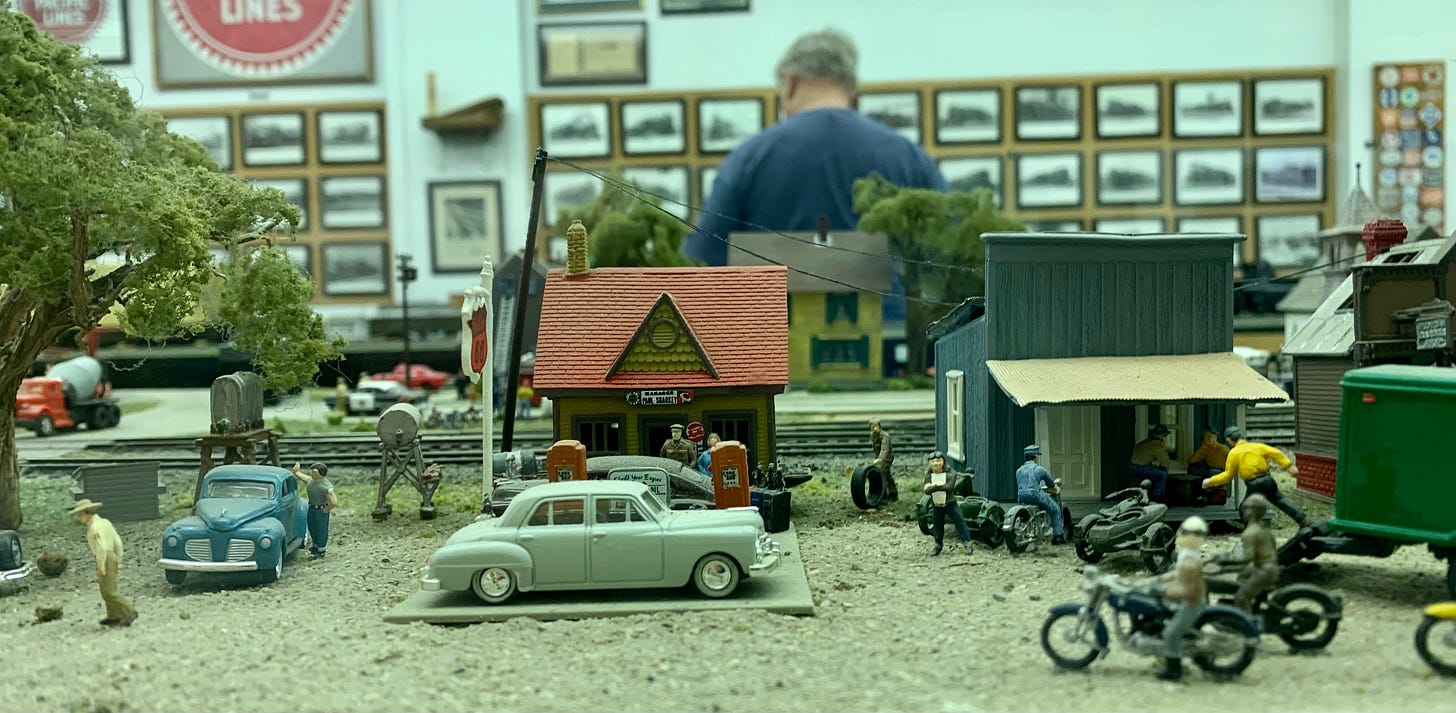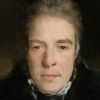Dr. Sofie Herzog: Pride of Brazoria
They should have made a movie about her. They still can....The story of her life as a railroad doctor (and more) and the wonderful old-timey museums in her adopted hometown.
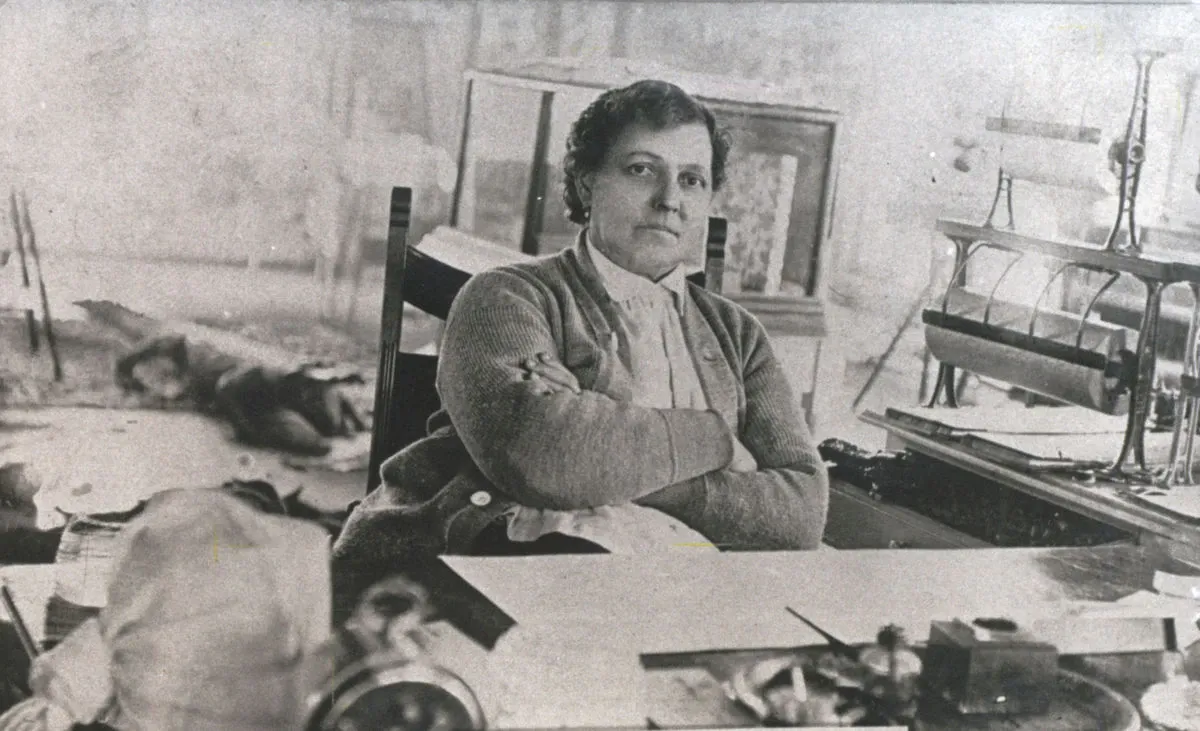
(A version of this story originally appeared at Texashighways.com)
Given its history as one of the oldest towns in Anglo Texas, the physical appearance of the town of Brazoria is extremely disappointing. Save for the majestic live oaks there, nothing seems older than about 1920 vintage, which is not that surprising, given its history and geographical setting.
Founded as a port at a high spot on the Brazos for river transportation, the switchover to rail transport bypassed the old town by about a mile, so the citizens essentially moved the town a mile west, leaving the old town to the mercies of Brazos River flooding….Which were not so merciful.
Meanwhile, the new town was just as susceptible to hurricanes as the old one at been, so between flooding and storms and the transport of the town from one location to another, you wind up with a place that is spread out, not very historical-looking, and kind of shabby. When the town lost the courthouse to Angleton circa 1895, much of what was left of the town’s economic vigor went with it.
But there is a pride there among some of the older folk, much of it bound up in nostalgia for trains and those who worked on them, the most remarkable of whom was Dr. Sofie Herzog, a native of Vienna and a pioneering female doctor in these states.
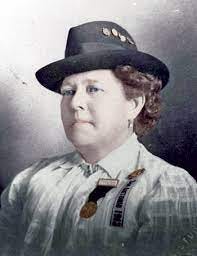
Herzog began her medical training in Austria and completed it in New York City, after immigrating with her husband, also a physician.
On becoming a widow, “Dr. Sofie” followed her daughter—one of her seven surviving children of the 15 she gave birth to—down to Brazoria, the hometown of her new son-in-law, around 1895 or ’96, when she was about 50. There, she set up shop as a combination OB-GYN, general practitioner, and what amounted to a combat surgeon in the rough-and-tumble town.
Along the way, she developed a new method of removing slugs from gunshot victims. In those days, gunshot victims who didn’t bleed out would very often succumb to gangrene and other infections, often as not thanks to surgeons probing their wounds with dirty hands or surgical implements.
According to Dorothy Riggs Pekar of the Brazos Heritage Foundation, Dr. Sofie rejected digital probing, believing that method to be fatal more often than not.
“If she probed at all she used only a sterile finger,” Pekar wrote in a biography of Herzog. “She would then position the patient so that gravity would ‘bring the bullet to her.’ In the case of abdominal wounds, she would hang the patient a couple of inches above the bed. In every case, she reported that the bullet ‘came to her’ within 24 hours and that every one of her first 17 patients was up and about by the 12th day ‘ready to shoot or be shot at any time.’”
Dr. Herzog kept all these spent slugs—eventually around two dozen—and fashioned them into a necklace she wore daily and to the grave.
That grit won her the attention of railroad barons then building the St. Louis, Brownsville, and Mexico line through Brazoria. In 1904, she became what is believed to be the world’s first female railroad surgeon for a major railroad. Railroad medicine was a specialized field heavy on grisly injuries. “Lots of crushings and lost limbs and digits,” I was told by a railroad historian on another trip.
Dr. Sofie’s slug necklace was not her only eccentricity. Her office was decorated with rattlesnake skins, antlers, trophy heads, and, as a pièce de résistance, a stuffed 13-foot alligator.
And as it happens, there is a full-on replica of Dr Herzog in her office in Brazoria at the Brazoria Heritage Museum.
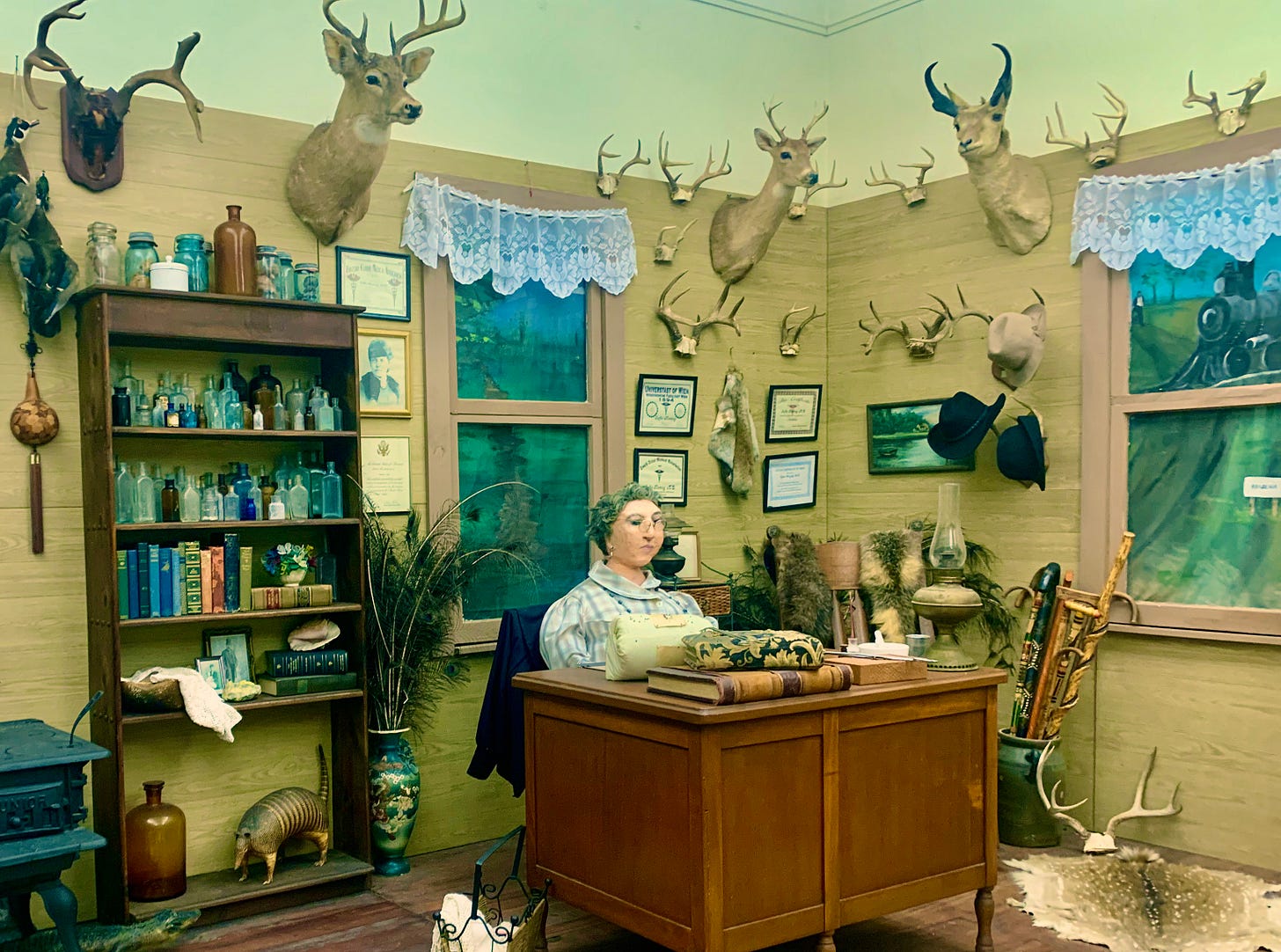
Note: if you look real close, you can see she’s wearing her bullet-necklace. Not pictured: Dr Herzog also kept jars of malformed fetuses as curiosities to show all who visited. It was a different time..
Here is a contemporary photo (not showing the fetuses, either, though gator is plainly visible.)
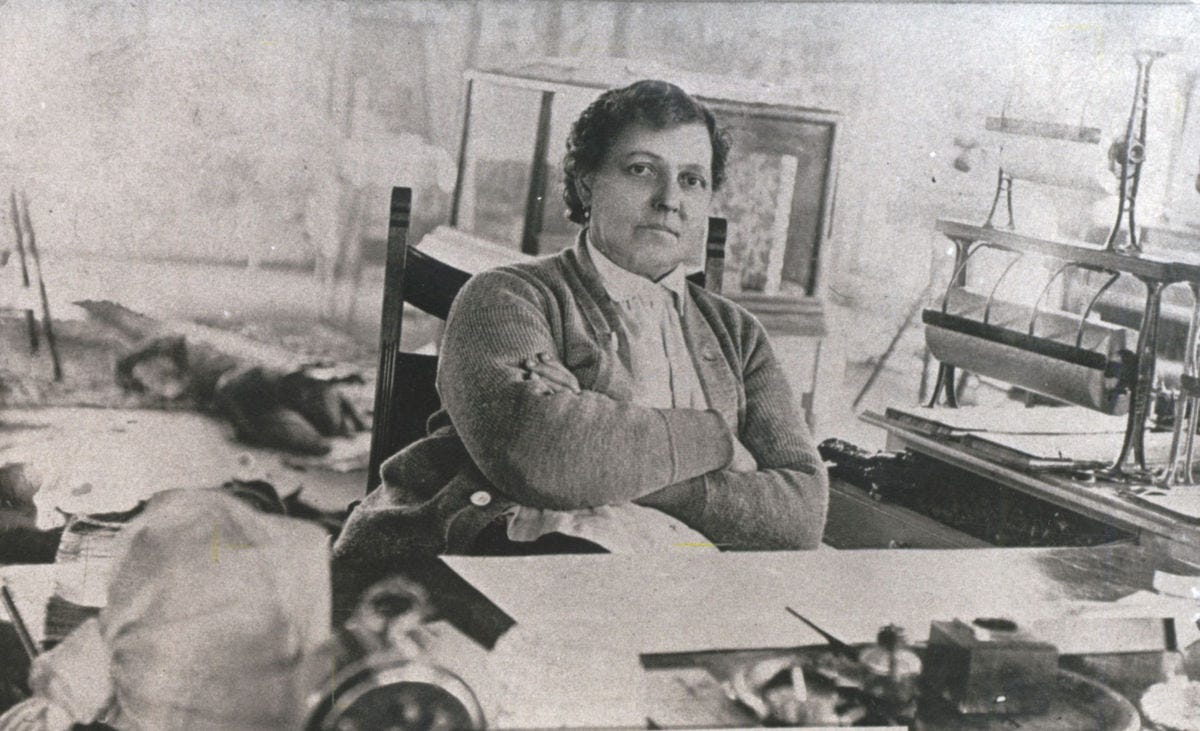
In 1911, after long decades as a widow, Herzog, by then in her mid-60s, announced to the newspapers she was ready to remarry.
"If you can find a husband for me, I can support one,” she said. “He need not do anything except call me 'honey' and 'sugar plum'"
As it happened, she married a well-to-do local and the two of them signed pre-nups, keeping their property separate. Once again, decades ahead of her time. She died at the age of 79 in 1925.
Herzog’s office replica is at the Brazoria Historical Museum, a far better example of its type than the “official” county museum in Angleton. This one has the only permanent exhibit of local African American history, which is kind of important, as there have been times, such as in the slavery days and for decades after, when eight of ten Brazoria County residents were Black. The rest of the museum does a good job of taking you through from the Karankawa times to its modern incarnation as a beach haven and petrochemical hub, and does not shy away from the ugly side of life.
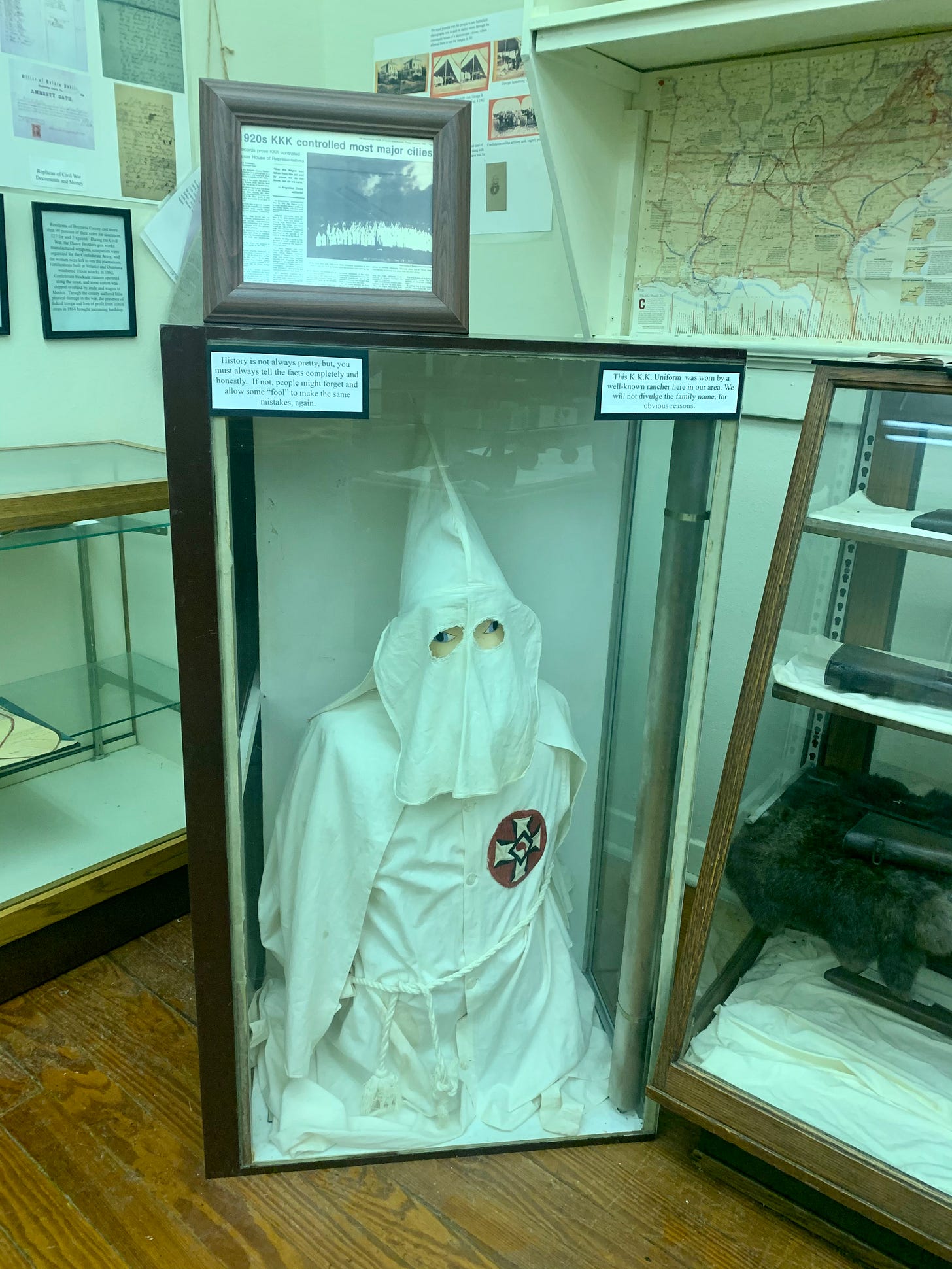
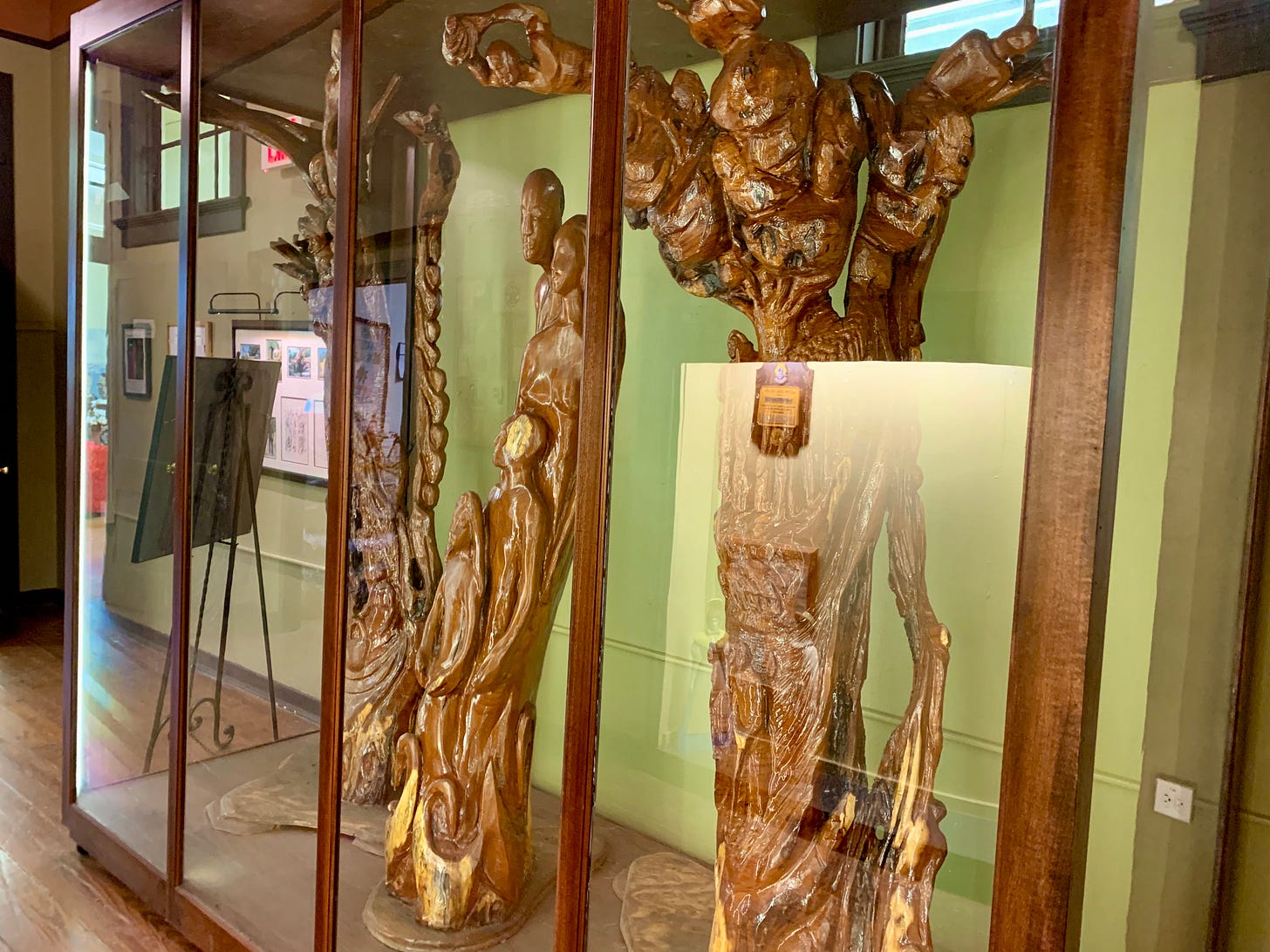
And the whole place has an extremely appealing grandma’s attic quality to it that you find in the best of such small-town museums. Its setting is also cool — it’s in what used to be the town’s elementary school / junior high, and if you are lucky, one of the docents on site will remember the days of hustling through those halls to and from classes.
But it’s not just grandmotherly — the grandpas have a deluxe room of their own at the adjacent Brazos Valley Railroad Society’s model train set. I’d estimate the HO scale diorama at about ten feet by 30’, and it attempts to recreate the entire county as defined and bounded by trains and their tracks.
